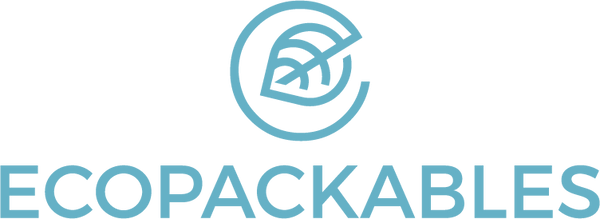-

-
Transitioning to sustainable packaging is an impactful step for your business and the environment. However, simply adopting eco-friendly materials isn’t enough. To maximize the benefits of your new packaging, you should educate your customers about why you made the switch, what it means for them, and how to properly dispose of the packaging. This guide will walk you through the key steps to ensure a successful launch and maximize the impact of your efforts.
IN THIS GUIDE
Define Your Sustainability Goals
Before designing your sustainable packaging, it’s essential to establish clear and actionable sustainability goals that align with your brand values and operational capabilities. This process involves evaluating your priorities, understanding industry regulations, and balancing aspirations with feasibility. Here’s how you can approach this decision:
1. Define Your Priorities
Begin by identifying which aspects of sustainability are most important to your company. Consider:
- Reducing Single-Use Plastics: If eliminating single-use plastics is your priority, explore alternatives such as paper, compostable materials, or reusable packaging options.
- Recyclability: Determine whether you want your packaging to be recyclable in curbside programs or through specialized recycling streams. Remember that materials like plastic often require clearer labeling to ensure proper disposal by consumers.
- Compostability: If your audience values compostable solutions, consider materials certified for industrial or home composting, depending on their accessibility in your target markets.
- Reusability: Explore whether you can design packaging that serves a secondary purpose for the consumer or can be easily refilled or reused.
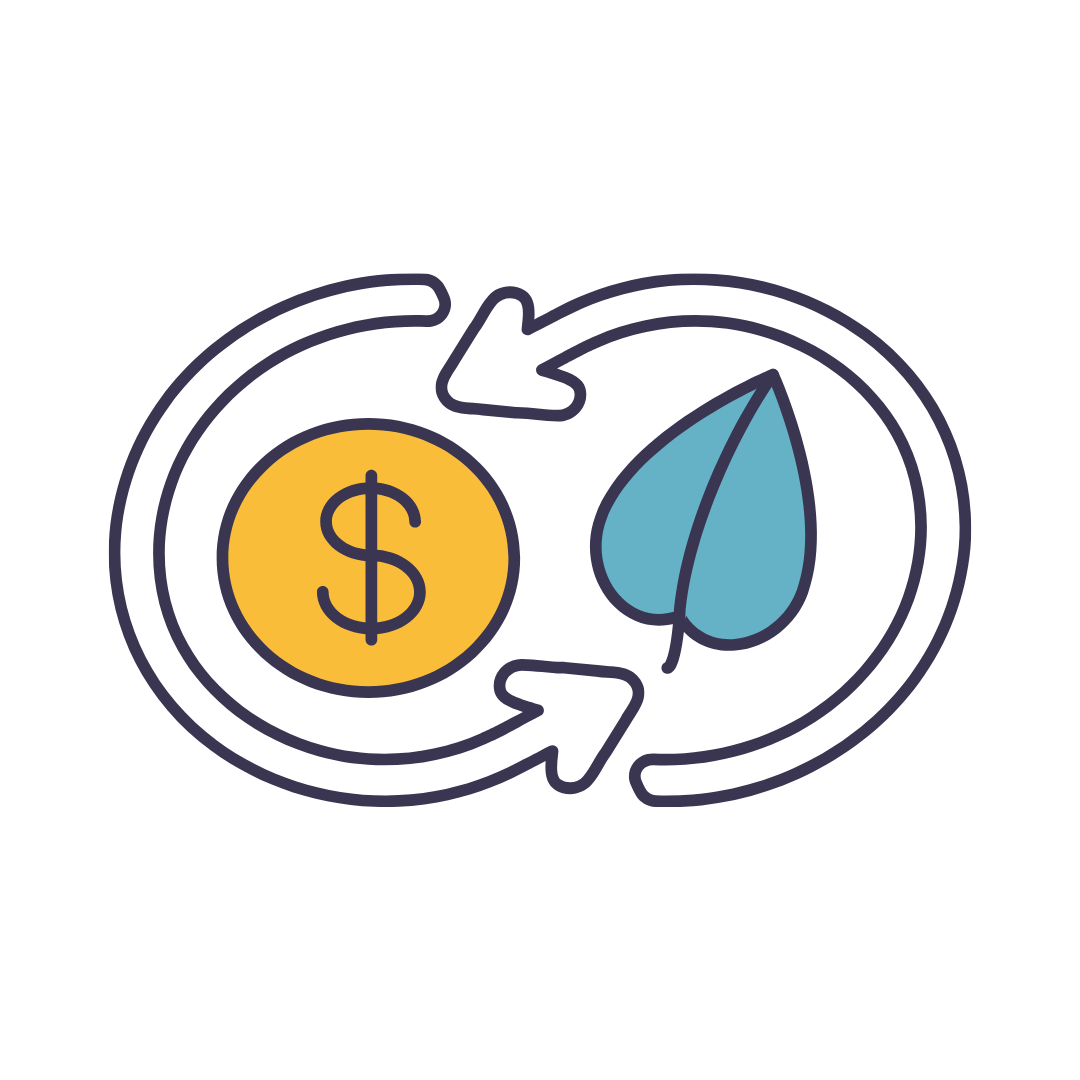
2. Assess Feasibility
It’s one thing to set sustainability goals, but another to implement them effectively. As you refine your goals, think about:
- Cost Implications: Sustainable materials comes in a range of different costs. Evaluate how these costs will impact your pricing and whether they are sustainable for your business model.
- Consumer Expectations: Will your audience understand and value the sustainable choices you’re making? For example, compostable materials might not be as easily disposed of compared to recyclable options in certain regions.
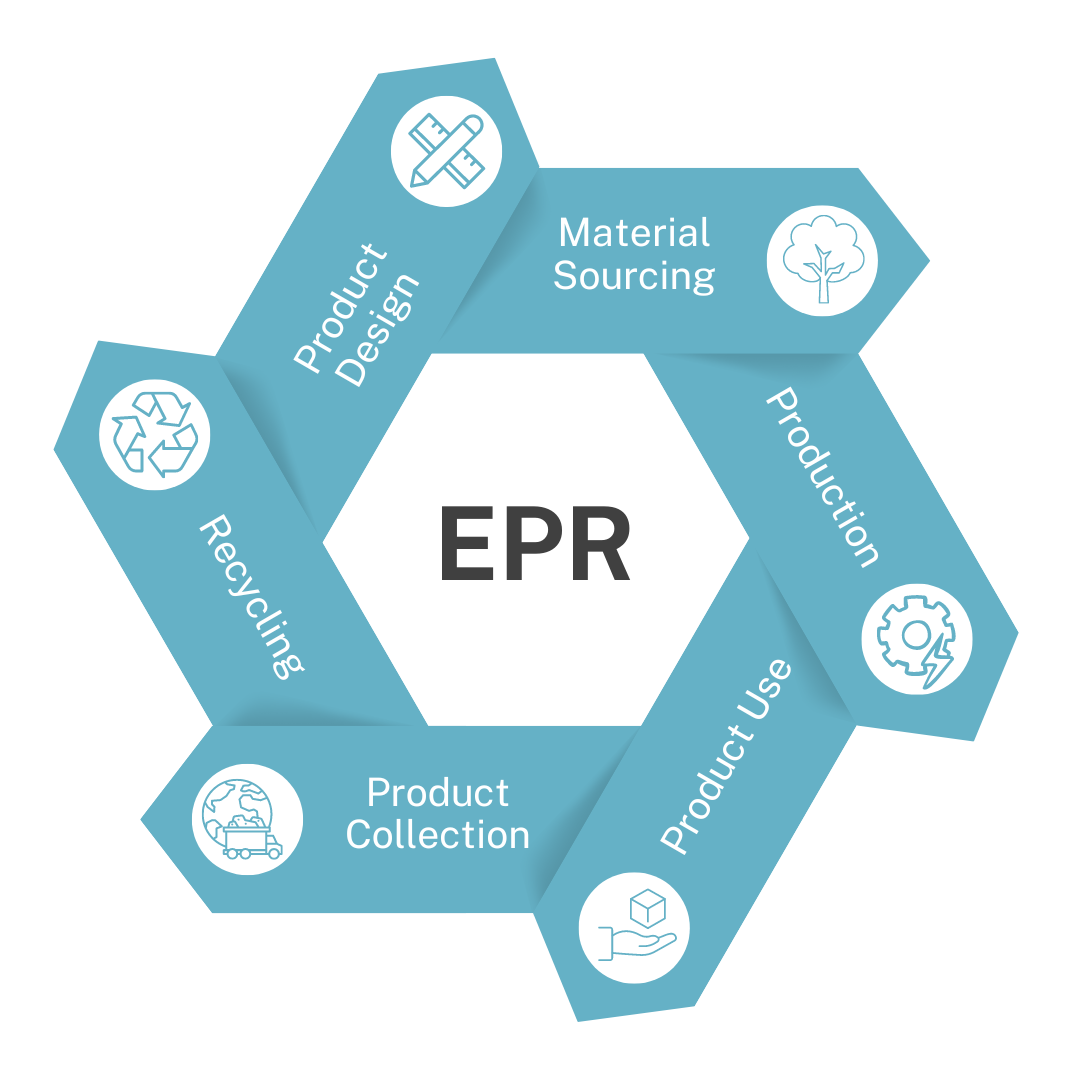
3. Understand Regulatory Requirements
Sustainability isn’t just about brand values; it’s also about compliance. Many states and countries have implemented Extended Producer Responsibility (EPR) laws that hold businesses accountable for the lifecycle of their packaging. To ensure compliance:
- Research the EPR laws and recycling infrastructure in the regions where your products are sold.
- Avoid materials or designs that may incur higher fees or be restricted in certain markets. For example, black plastics or mixed-material packaging may be harder to recycle and less compliant with local laws.
- Stay updated on upcoming legislation to future-proof your packaging design.

4. Work with Experts to Measure Impact and Optimize Design
Sustainable packaging decisions should be informed by a holistic understanding of environmental impact. We’ve conducted Life Cycle Analyses (LCAs) on our materials to assess their environmental footprint, from cradle to gate. This expertise allows us to guide you in selecting materials that align with your sustainability goals while minimizing trade-offs.
With our data-backed insights, we’ll help you:
- Compare options in terms of energy efficiency, carbon footprint and end of life.
- Optimize your packaging design for minimal material usage and shipping efficiency, reducing waste throughout the supply chain.
- Prioritize materials that balance your goals with practical considerations like cost, availability, and consumer expectations.
By collaborating with experts on the EcoPackables team, you can ensure that your packaging meets your sustainability and operational goals.
Packaging Design
Your packaging should serve two purposes: protecting your product and educating your customers.
-

Include Disposal Instructions
Make it clear how customers should dispose of the packaging. Is it recyclable, compostable, or reusable? For example: “Recyclable where thin films are accepted. Find drop-off locations near you.”
-
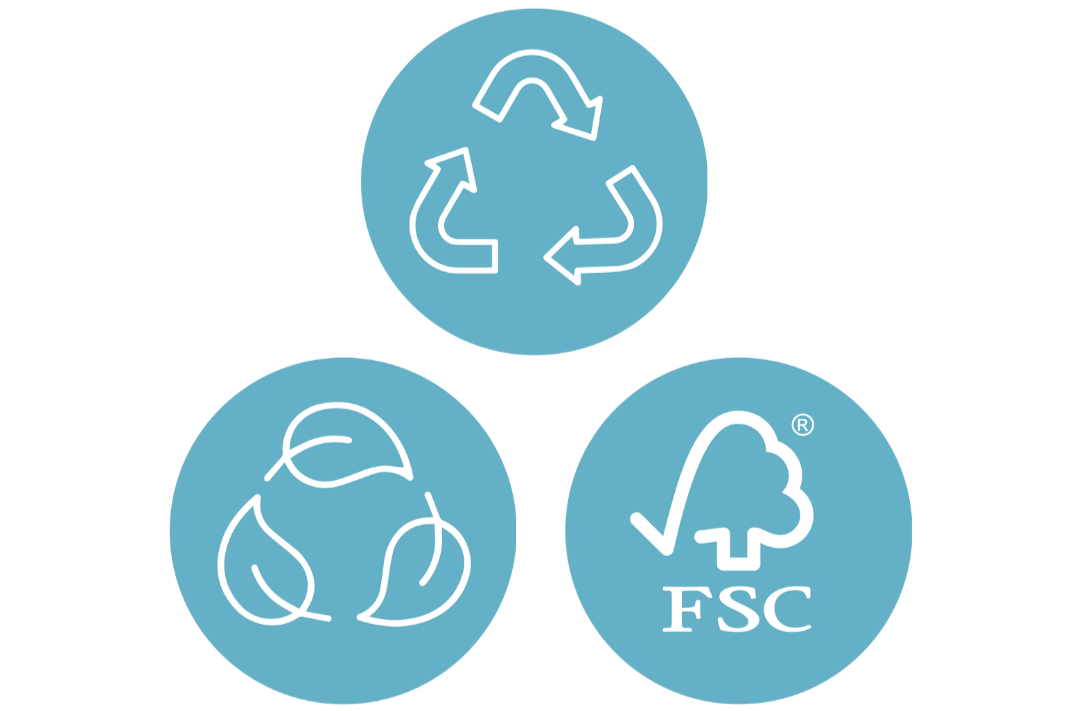
Highlight Materials
Let customers know what your packaging is made of, such as “Made from 100% post-consumer recycled content” or “Crafted from home-compostable materials.”
-

Use QR Codes
QR codes are an effective way to direct customers to resources like detailed recycling or composting guides, drop-off locations, or even a page about your sustainability efforts.
Looking for more sugestions when it comes to packaging design?
Educate Through Marketing
A successful packaging launch goes beyond the packaging itself. Use your marketing channels to share your story and engage with your audience:
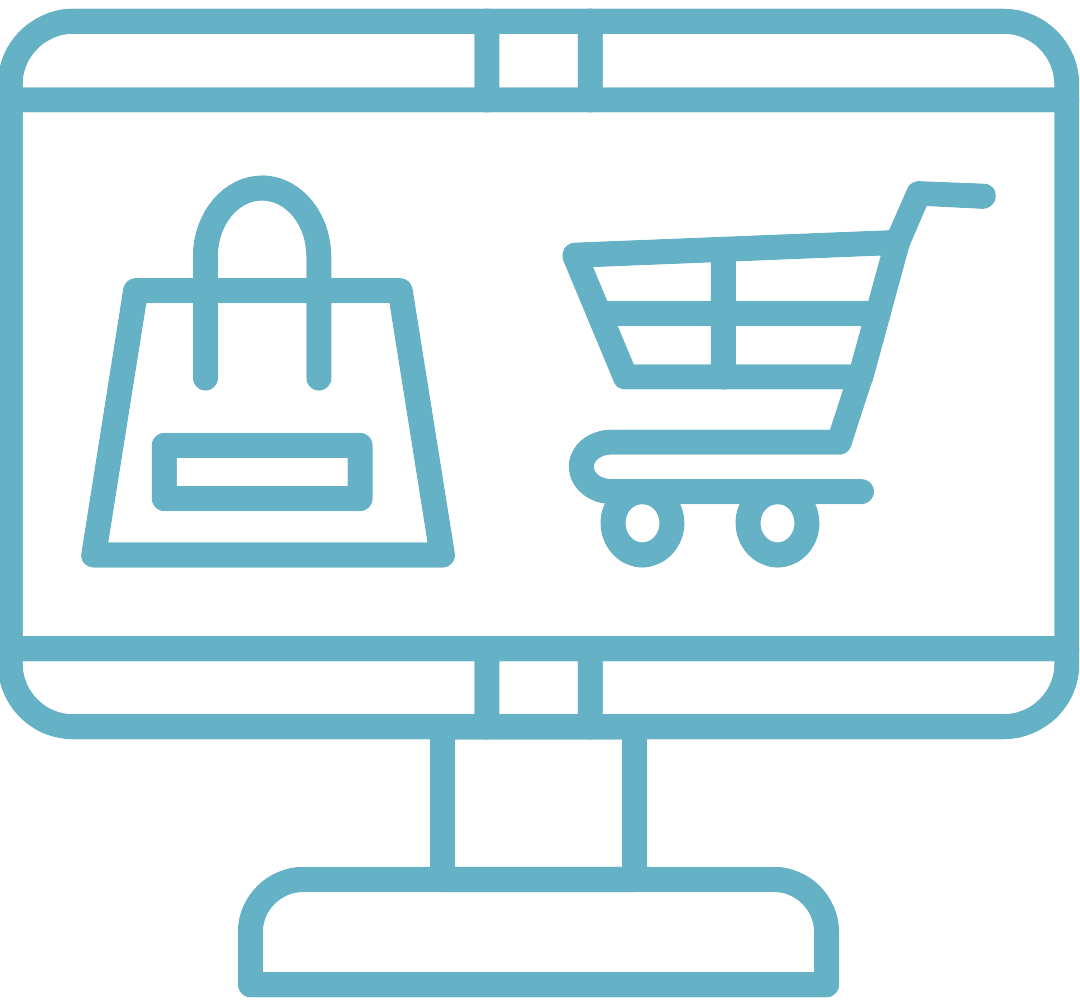
On Your Website
Create a dedicated page explaining your switch to sustainable packaging. Highlight the materials, their benefits, and what this change means for your brand and customers. If this decision resulted in increased costs, disclose it transparently but positively, emphasizing your commitment to sustainability.

On Social Media
Post about the transition, showcasing videos of the packaging in use, unboxing experiences, and behind-the-scenes content. Encourage your audience to share their thoughts and experiences with the new packaging.
In Newsletters
Use newsletters to share the story behind your switch. Include impact metrics, disposal guides, and customer stories about using the new packaging. Newsletters are also a great way to invite feedback and keep your audience informed about your broader sustainability efforts.
In Advertising
Highlight your sustainable packaging as a selling point. Use phrases like “Packaging designed with the planet in mind” to attract eco-conscious customers.
Encourage Customer Participation
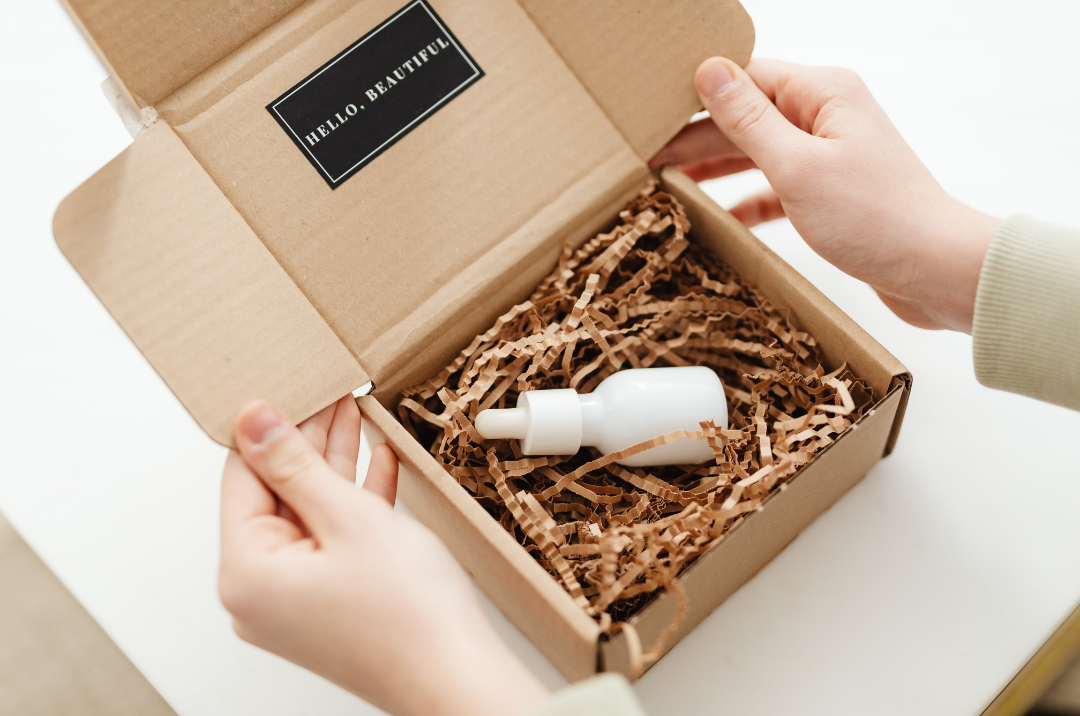
Your customers play a key role in the success of your sustainable packaging.
- Feedback Loops: Ask for their thoughts on the new packaging. Did they find it easy to dispose of? Do they appreciate the change?
- Reusable Packaging Stories: If your packaging is reusable, encourage customers to share how they’ve repurposed it. Highlight these stories on your social media platforms or website.
- Unboxing Experiences: Invite customers to post their unboxing experiences online, showcasing your new packaging and its features.
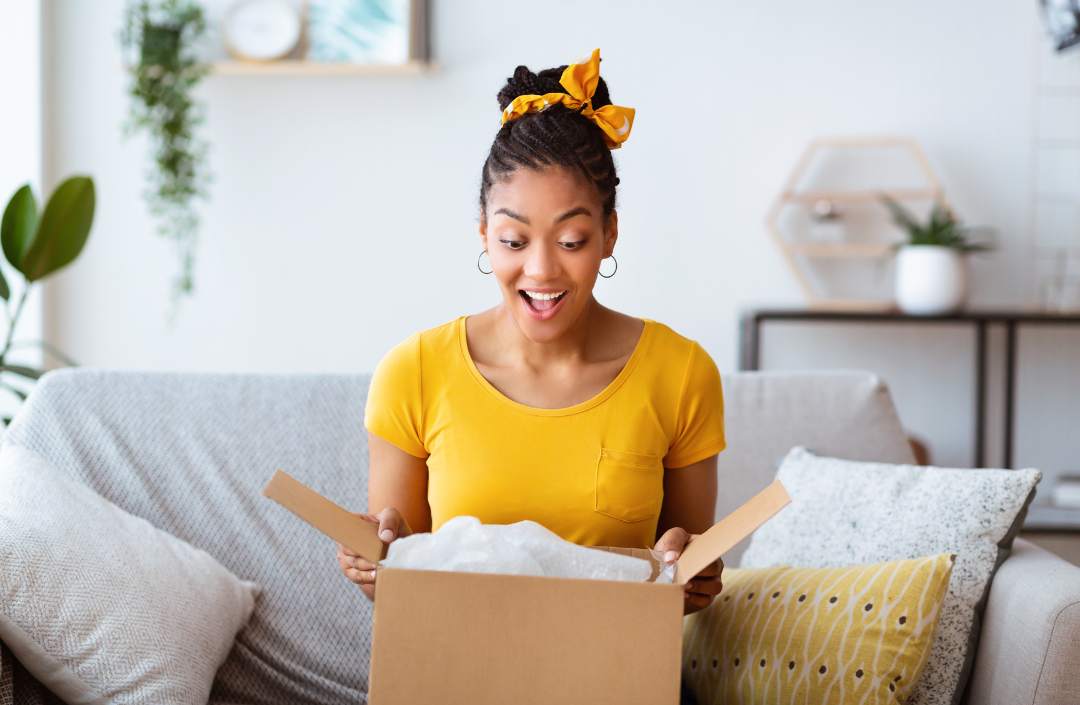
Customer feedback is invaluable when launching new sustainable packaging. If your customers love certain aspects or have concerns about others, bring their input to us. We're here to help you address any challenges or rethink aspects of the design if needed. Sustainable materials have their unique qualities, and fine-tuning packaging based on real-world use ensures it meets both your and your customers’ expectations.
This collaborative approach not only enhances your packaging but also demonstrates your commitment to listening and evolving with your audience.
Launching sustainable packaging is a meaningful step towards reducing your environmental impact, but it’s also an opportunity to deepen your connection with customers. By educating them, listening to their feedback, and being transparent about your efforts, you can turn your packaging transition into a win for both your brand and the planet.
Ready to switch to sustainable packaging?
